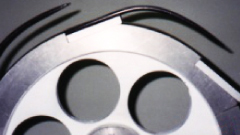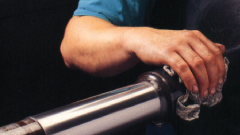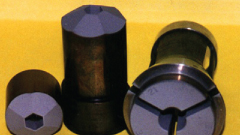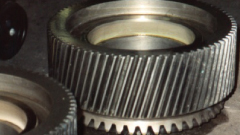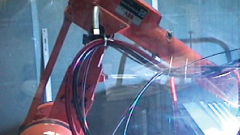WEAR RESISTANT COATINGS
PROTECT AGAINST ABRASION, EROSION, CORROSION, FRETTING/GALLING, CAVITATION, BRINELLING.
REPAIR COATINGS
NO NEED TO SCRAP AN EXPENSIVE PART. REPAIR OR BUILD UP TO A SPECIFIED SIZE. EXTEND PART LIFE.
RELEASE COATINGS
FEATURING DURA-SLIK™ FLUOROPOLYMER COMBINED WITH THERMAL SPRAYED COATING PROVIDES WEAR RESISTANCE ALONG WITH RELEASE PROPERTIES.
THERMAL BARRIER PROTECTION COATINGS
RESISTS TEMPERATURES UP TO 3000° F. ALLOWS THE USE OF LESS EXPENSIVE SUBSTRATE.
LOW COEFFICIENTOF FRICTION COATINGS
COATED COMPONENTS HAVE THE ABILITY TO PERFORM AT HIGHER SPEEDS.
SURFACE TRACTION COATINGS
Long lasting surface finishes that prevent slippage, interruptions & breaks. Improves web tracking and tension control.
BRUSH PLATING
Repair or rebuild to a specified size, tolerance and surface finish. Plate an entire surface or target a small localized area.
GENERAL CAPABILITIES
Services, coating features, part size capability.
Where to Fund Electroless Nickel Plating?
Electroless nickel plating is a manufacturing process that electroplates a metal surface with nickel. It offers many benefits over electroplatings, such as better adhesion and corrosion resistance. This article will discuss electroless nickel plating in detail, including the advantages it has over electroplating and how it can be used to manufacture parts for various industries.
Electroless nickel plating offers better adhesion and corrosion resistance than electroplating – electroless nickel plating is suitable for many applications, including in medical devices and electronics – electroless nickel plating can be used to manufacture parts of various industries at a low cost with the desired metal surface properties such as strength, hardness, wearability, color or conductivity being achieved by adjustments made to process parameters.
Why Should You Choose Electroless Nickel Plating Over Other Types of Coatings?
The electroless nickel plating process is said to have many benefits over electroplating. The first and most obvious benefit is that it does not require a power supply, which means there is no concern for electrical hazards or the need for an expensive containment area. Electroless nickel plating also provides better adhesion than electroplated coatings, meaningless peeling off of paint jobs after installation, and fewer corrosion issues down the line. Finally, electroless nickel plate has been found to be more environmentally friendly because chemicals are not used in its production cycle.
How Can Electroless Nickels Help With Manufacturing?
Coatings like this one come in handy when engineering parts for different types of industries where corrosion and abrasion are major concerns. For example, electroless nickel is often used on the inside of boilers to prevent corrosion that could lead to leaks and potentially disastrous consequences for surrounding areas.
The Drawbacks of the Electroless Plating Process
The known benefits of electroless nickel plating are the lack of electrochemical reactions and the ability to be plated on many different metals, however, there are a few drawbacks that might make electroless nickel plating an unsuitable method for some uses though.
For example, electroless baths can have corrosion problems due to their high copper content so they must often be supplemented with other types of metal salts which may then include certain additives such as lead or cadmium sulfates in order to improve the mechanical properties of the original electroplating bath does not contain these elements.
Another drawback is that electroless nickel requires more time than traditional cyanide baths because it needs longer exposure times in order to maintain its activity; this increases cost and production time as well since you need multiple batches made up at the same time.
In electroless nickel plating, reactive chemical agents are used to plate metal onto a conductive surface such as steel or aluminum instead of electrolysis. This method is called electroless because it does not require electricity and uses chemicals that react with one another in order to produce electroplate.



